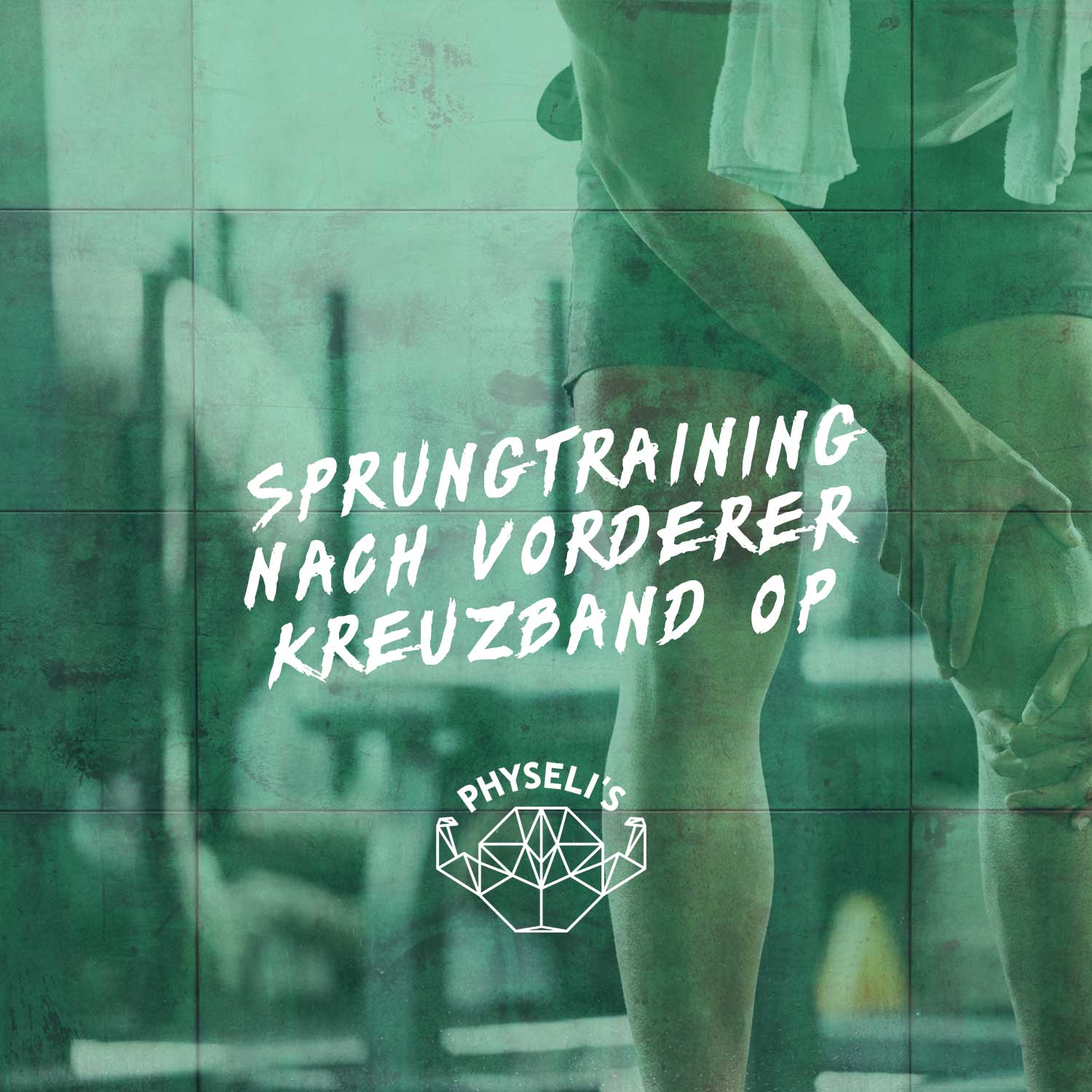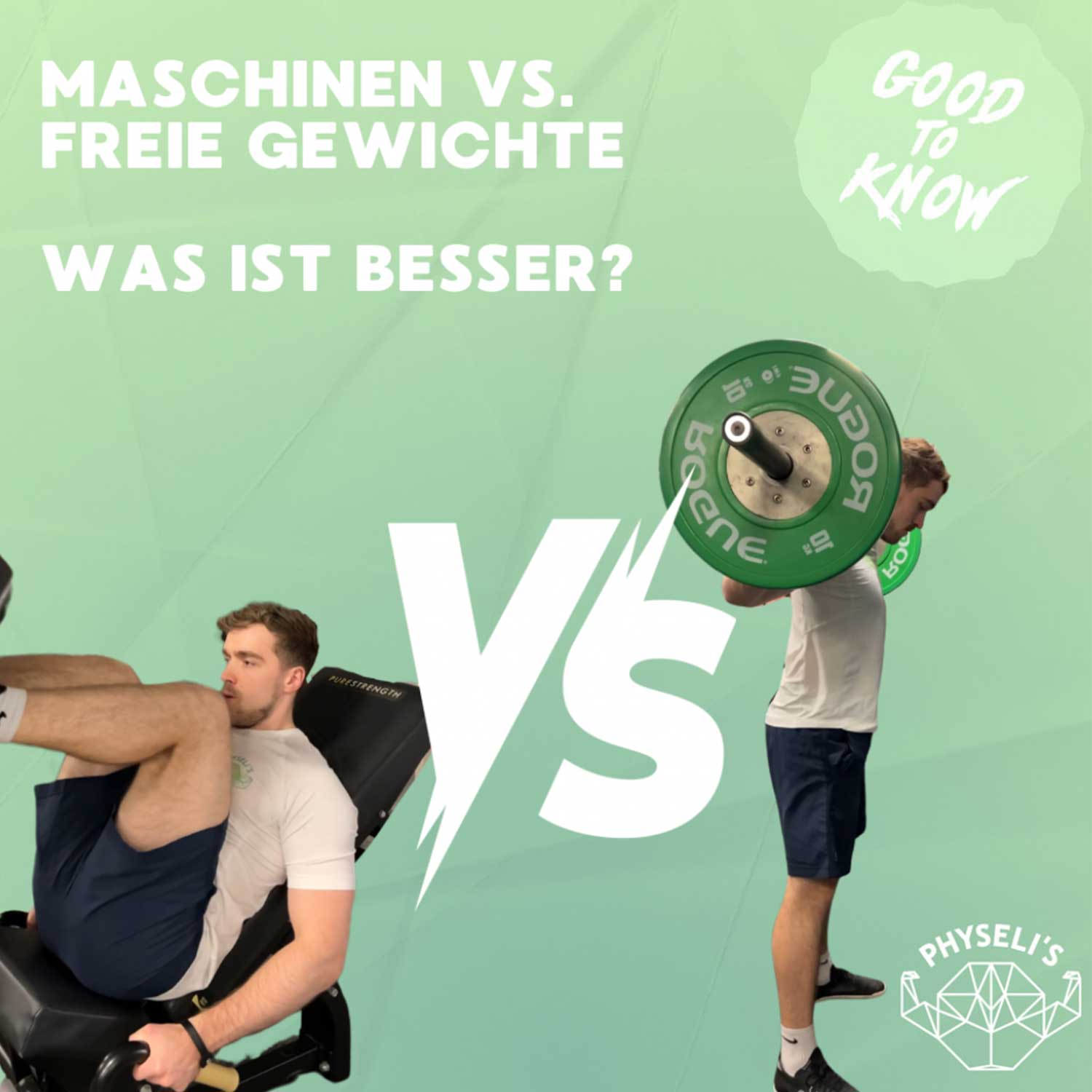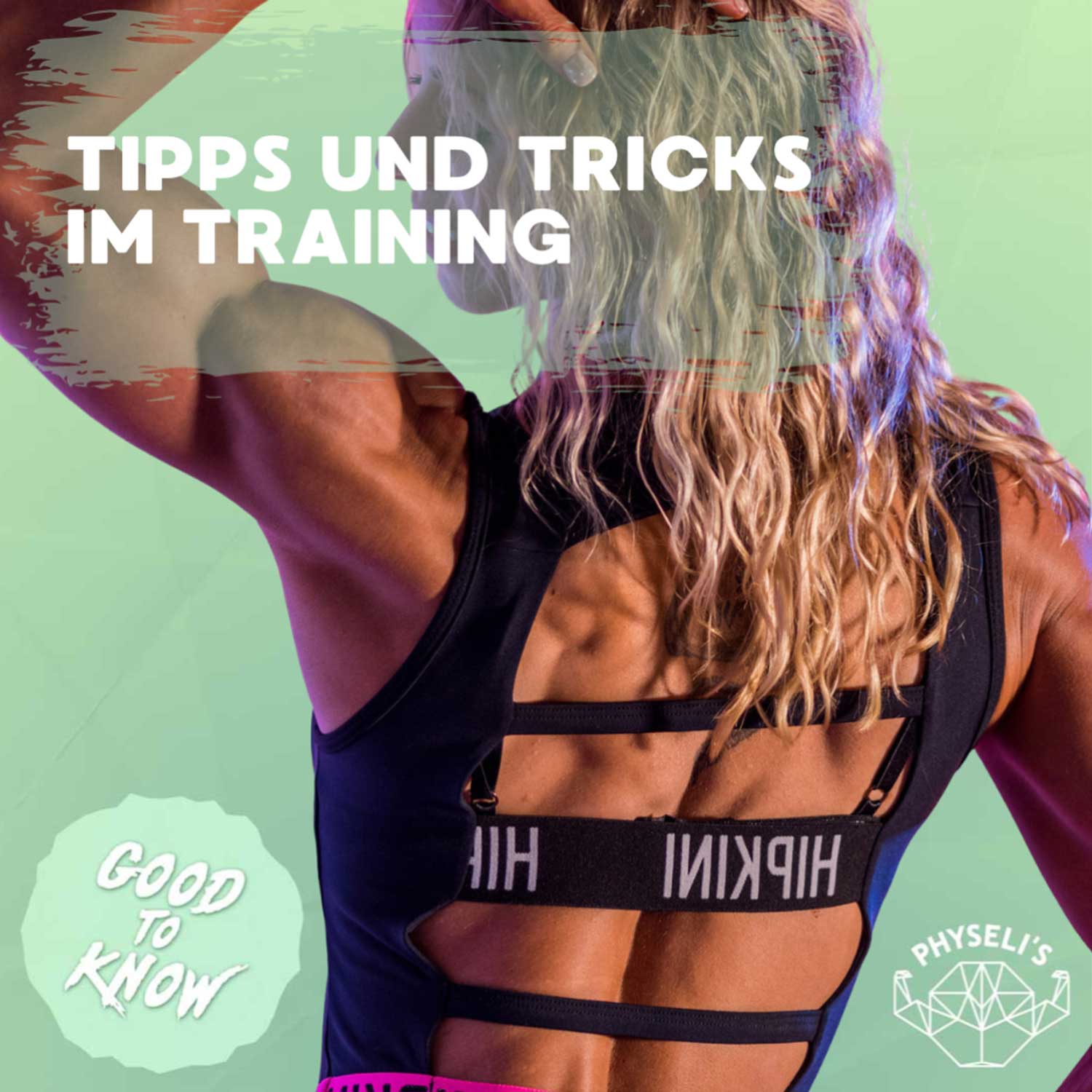Jump training after anterior cruciate ligament surgery
FOR AN EFFECTIVE ACL RETURN TO SPORT PROGRAM, JUMP TRAINING IS A MUST!
Often after anterior cruciate ligament surgery, a lot of attention is given to dynamically controlled exercises, but people forget about essential exercises in the final rehab phase. The key word is jump training.
But first a few hard facts:
Most ACL (anterior cruciate ligament in technical language or in good Upper Austrian “smartass”) happen during sports activities. According to a study by Itai Gans et. al (2018) in The Orthopeadic Journal of Sports Medicine had, during a period of 10 years, 32 out of 10000! Athletes a rupture of the anterior cruciate ligament. Small side info: 350000 persons were involved in the study, 1105 persons had a cruciate ligament rupture = 0.3%, 979 persons had a first-time rupture and 126 a rerupture – i.e. 11% of the affected athletes even had a rerupture. Sports such as men’s soccer (41% of 52 subjects) and women’s soccer or women’ s basketball had the highest rates of rupture.
Our job as physiotherapists is to minimize these numbers and to work preventively. Therefore, it is even more important to train sport-specific movements in rehab. You can start with classic jump training, sport-specific agility exercises then do the rest.
I like to divide my jump training into 3 parts. Part 1 will be an easy stepper jump up/down program.
For many affected persons, it is a great overcoming to jump, especially at the beginning of a cruciate ligament rupture. My advice here is to use the Psychological Questionnaire from the Melbourne ACL Rehab Guide. Furthermore, communication skills and motivation are often required.
In part 2 comes a variation from Jump-forward/Backward. It is important not only to jump forward or backward one-dimensionally, but also to train lateral-rotational variations. A one-dimensional jumping never to never happens in the (athlete’s) everyday life. No jump is straight forward, so why should I train ONLY that?
Jump training should then also be integrated into the preventive program of the athletes – not only for physiological reasons, but also for psychological ones!
In part 3 we work sport or everyday specific!
Who dares to jump, dares to run, who dares to run, dares to sprint and who trains in every dimension, dares to take up stop and go sports again and that should be the final goal – NOT ONLY WITH SPORTSMEN!
Of course, if you have knee pain, you need to pay attention to load management. Normally, some parameters such as swelling and subjective pain sensation can be used as good guidelines. If you want to have a repeat result, you should definitely also measure the jump widths again and again to see if there is a so-called LIMB SYMMETRY INDEX with the target of 90-95%. This index describes the comparison of the affected side to the non-affected side. Of course, this is not yet to be expected at the beginning of the jump training!
When to start is an individual decision. In general, there are some strength tests that can be done and are recommended. Jump training is generally recommended above a Limb Symmetry Index of 85% for exercises such as Single Leg Press, Bridgings, Calf raises, etc.




